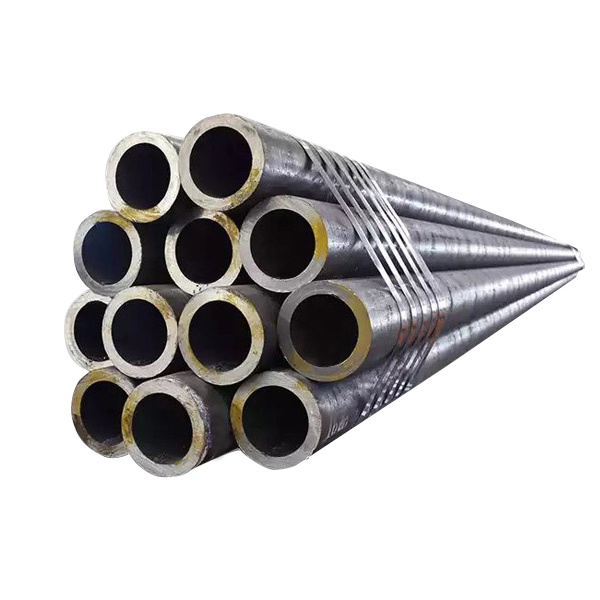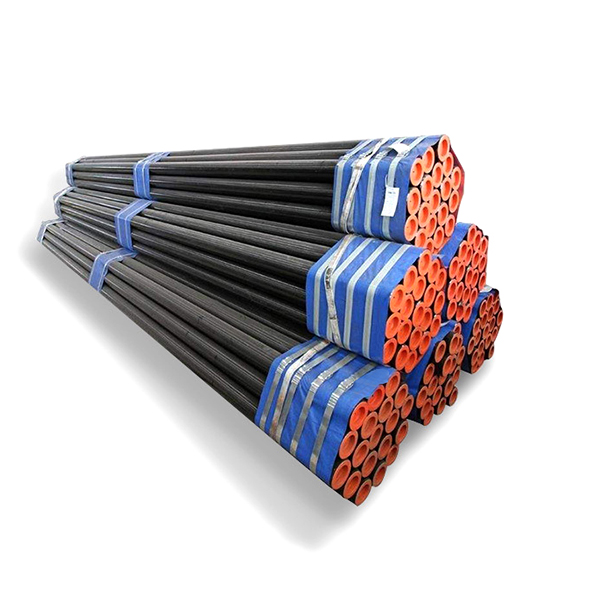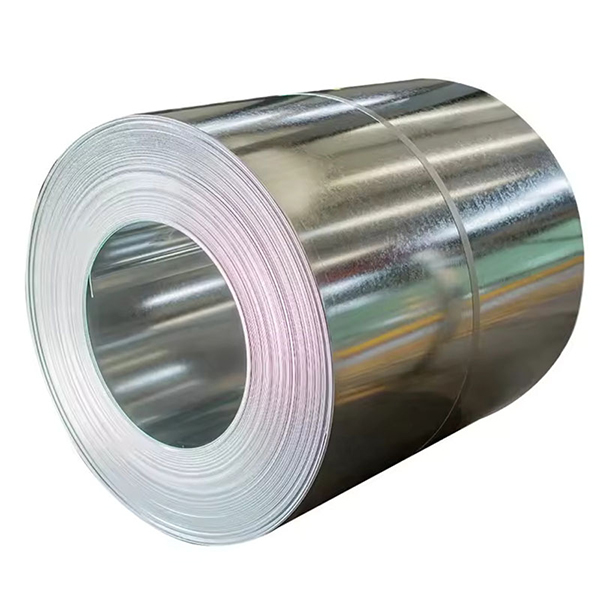Characteristics and Applications of SUS430
SUS430 is a low-cost and easy-to-process stainless steel that can be widely used in various products. Each type of stainless steel has its own characteristics in terms of cost, corrosion resistance, strength and hardness. Therefore, it is necessary to understand their advantages and disadvantages and then choose the appropriate material.
Characteristics of US430
Stainless steel is lighter than steel, has moderate strength, and is not as soft as aluminum. Therefore, it is a metal that is easy to use. It is a high-performance material that is not prone to rust, has corrosion resistance, and has a low thermal conductivity. Stainless steel is a material that is easy to use and has excellent performance. However, different types of stainless steel have different characteristics and applications.
SUS can be roughly classified into 200 series, 300 series, and 400 series. Depending on the hundreds digit, the types of elements contained in the material also vary. The 200 series of SUS refers to austenitic stainless steel, containing chromium, nickel, and manganese. The 300 series of SUS is also austenitic stainless steel, containing chromium and nickel. The 400 series of SUS includes ferritic and martensitic stainless steel. SUS430 refers to ferritic stainless steel containing 18% chromium and is a representative material in the 400 series. Although SUS430 has poor corrosion resistance among stainless steels due to the absence of nickel, it is widely used in various products due to its excellent workability and low cost. Additionally, SUS430 has strong magnetic properties and is therefore often used in products that require magnetic force. There are detailed standards for the surface treatment of stainless steel. The main surface treatments for SUS430 material are as follows. The surface treatment method can be selected according to specific uses.
SUS430-No.1: The surface of No.1 is whitish and lacks luster. It needs heat treatment after hot rolling.
SUS430-2B: 2B is a common surface processing method. Many SUS430 products sold on the market belong to this type. Its surface is smooth and has a certain degree of luster.
SUS430-HL: HL indicates sanding treatment. The surface appearance has continuous grinding lines, like straight hair strands, looking beautiful and neat. This material is widely used in building materials.
SUS430-BA: BA indicates mirror-like gloss treatment. This material is mostly used in automotive parts, household appliances, and decorations.
Advantages of SUS430
Compared with stainless steel, SUS430 has a lower thermal expansion rate, resulting in less thermal deformation. Moreover, this material is less prone to stress corrosion cracks. SUS430 has the advantage of low cost. The reason for its low cost is that it does not contain nickel. Nickel is a rare metal and is a costly material. Nickel can enhance the strength and toughness of stainless steel, as seen in SUS304. The increase in strength is an advantage, but it also makes the corresponding material more difficult to machine. Since SUS430 does not contain nickel, it has good machinability among stainless steels and is easy to process. Additionally, austenitic stainless steel does not experience processing hardening.
Disadvantages of SUS430
When SUS430 is being welded under high-temperature conditions, a phenomenon called "475℃ embrittlement" may occur. Therefore, caution is necessary. 475℃ embrittlement is a phenomenon that occurs in ferritic stainless steel. When heated to around 475℃, the hardness increases while the ductility and toughness decrease. It becomes fragile and prone to cracking when subjected to impact and other influencing factors. The solution to 475℃ embrittlement is to control the temperature during the welding process. Adjust the temperature to ensure that the material does not overheat. Another method is to perform heat treatment on the embrittled material at a temperature range of 600 to 800℃ to eliminate the embrittlement. Additionally, it cannot be hardened through quenching, so it is not recommended to be used as a component that bears particularly high loads.
The application of SUS430
SUS430 has excellent corrosion resistance and is not prone to rust. Therefore, it is widely used in daily household items. In the food processing industry, it is widely applied in equipment and utensils used for food processing and preservation, such as tableware and cooking utensils. In addition, it has high strength and durability, and is suitable for numerous fields such as building materials and automotive parts. SUS430 plays an important role in many fields and has a wide range of market demand due to its reliability and versatility.
Summary
SUS430 is a ferritic stainless steel containing 18% chromium, and it is a representative material in the 400 series. It is a type of stainless steel with good machinability and low cost, and is widely used in various products around us. Although it is not as corrosion-resistant and strong as SUS304, for indoor products and applications that do not bear heavy loads, it is recommended to choose SUS430 due to its more favorable cost advantage.





